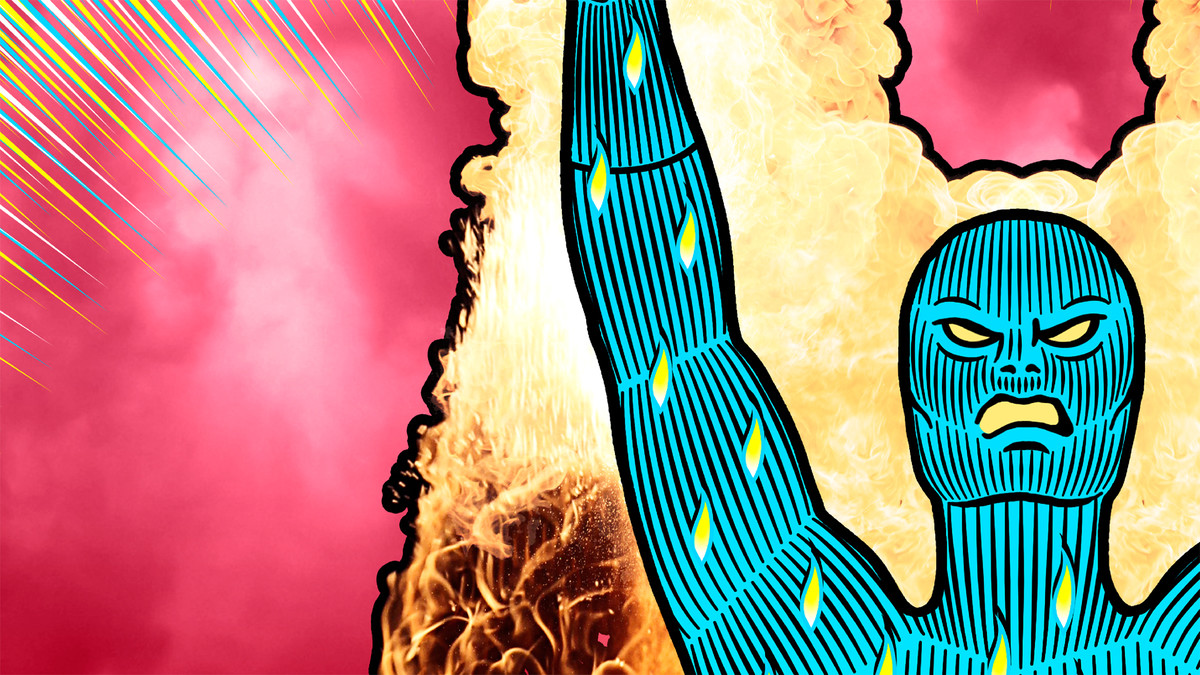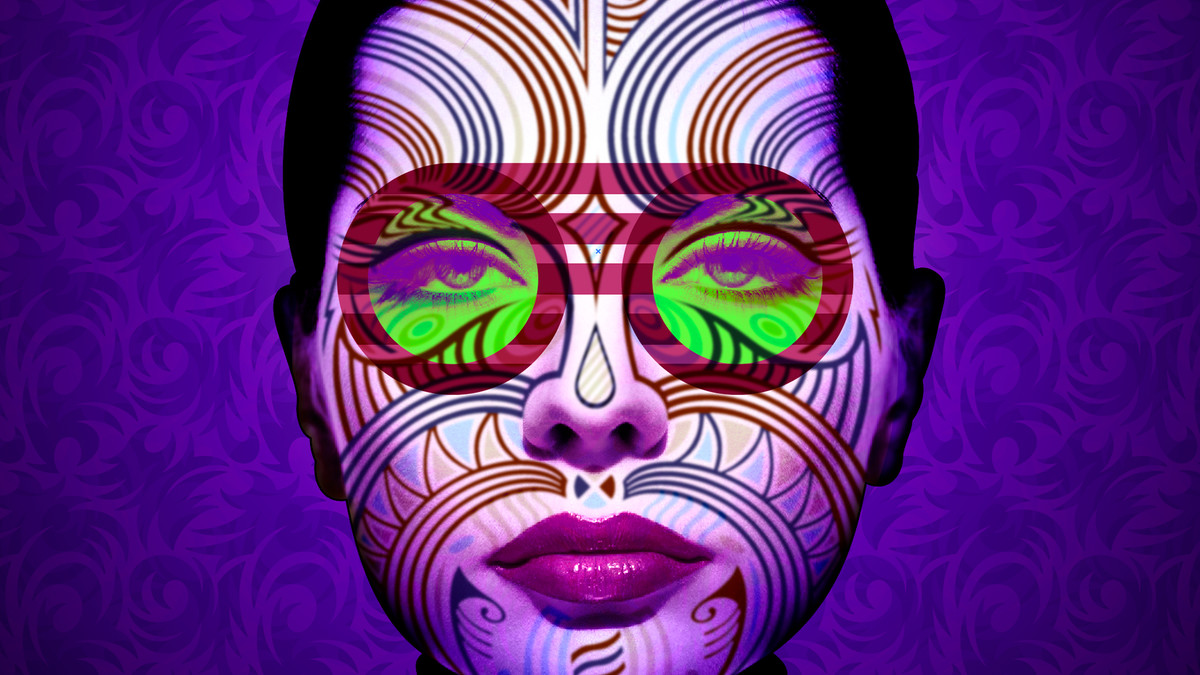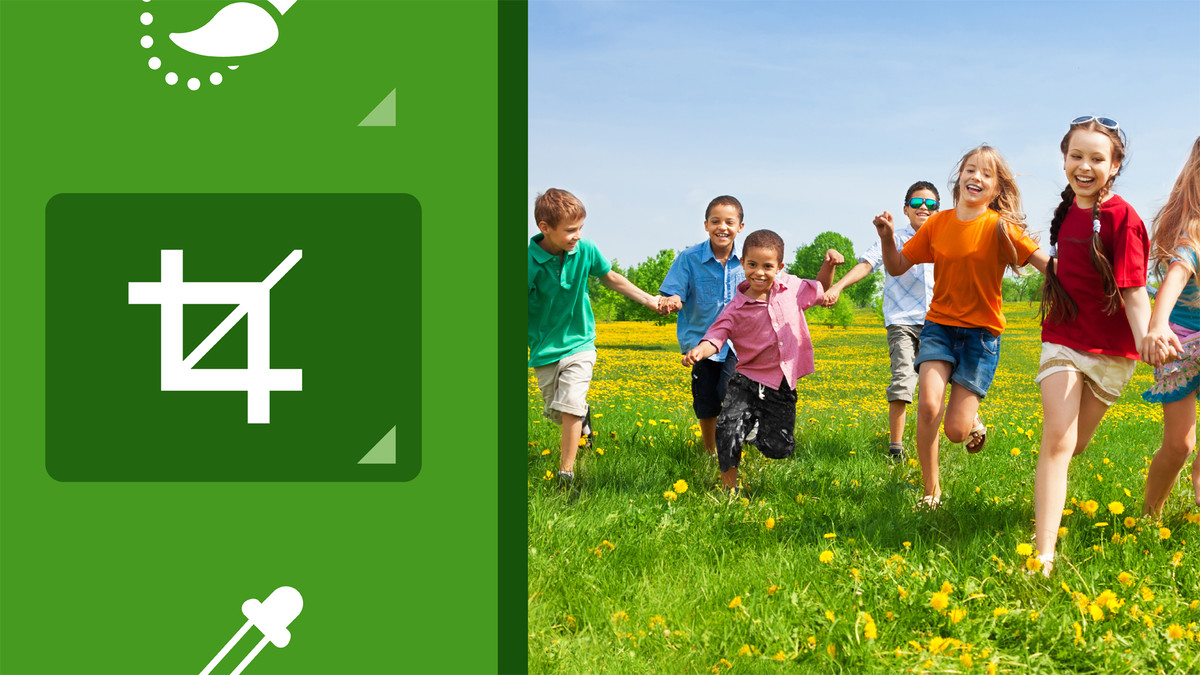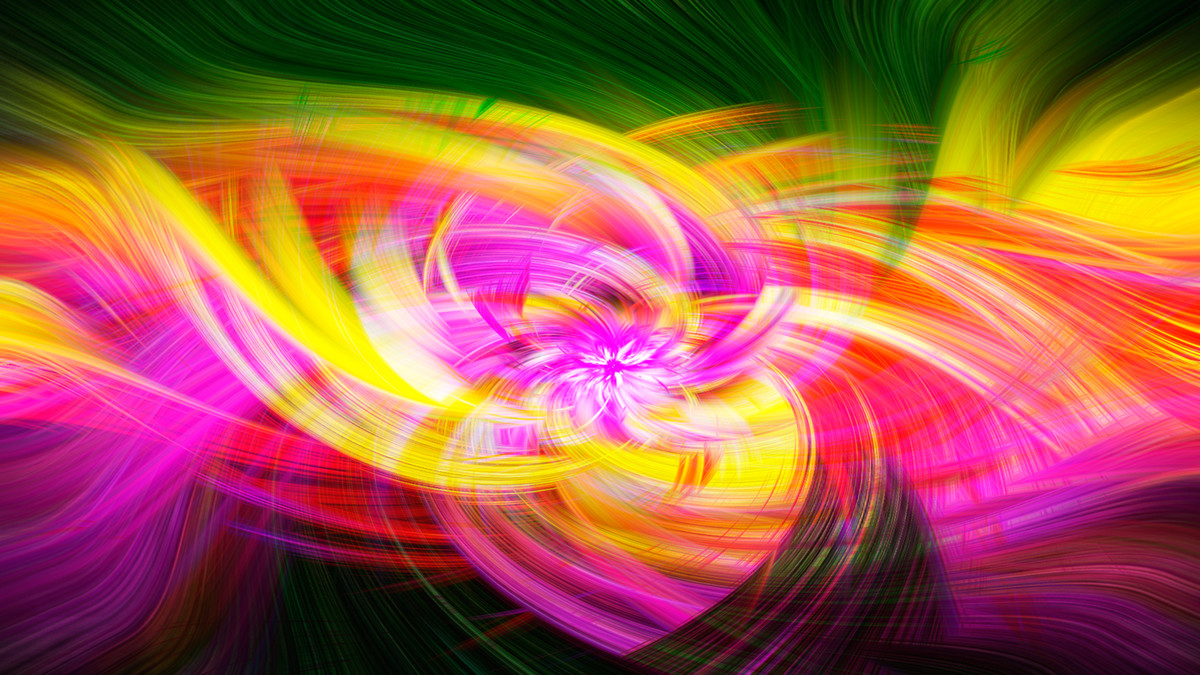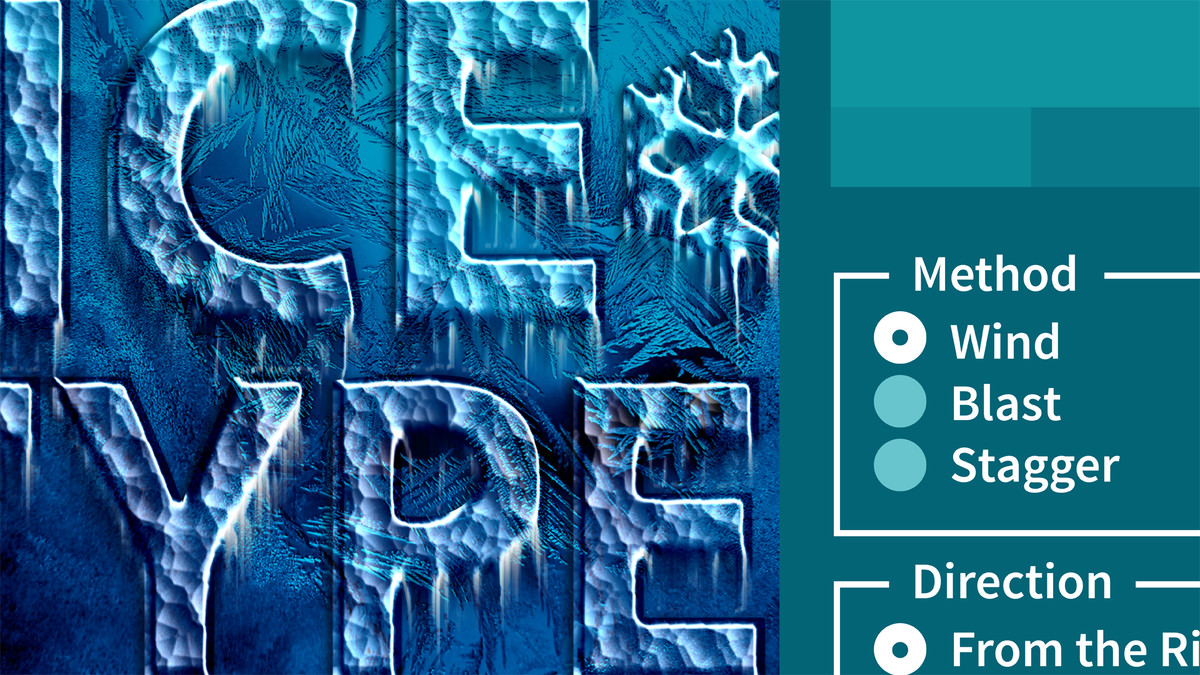Introduction
Welcome
()
The new Photoshop CC 2017 interface
()
16. Color Range and Focus Area
The best in automated selections
()
Introducing the Color Range command
()
Customizing a Color Range selection
()
Localized Color Clusters and Detect Faces
()
Selecting a real-world photographic object
()
Cleaning up with the Wand and Brush tools
()
Refining your mask to absolute perfection
()
Shading the airplane to match the sky
()
Infusing the airplane with sky colors
()
Adding a custom Motion Blur effect
()
Adding a rocket plume
()
Introducing the Focus Area command
()
Using the Focus Area tool
()
Cleaning up a jagged Focus Area mask
()
Finessing hair and other details
()
17. Layer Masks and Edge Refinement
Compositing like a pro
()
Static selection vs. dynamic layer mask
()
Perfecting mask edges with the Smudge tool
()
White reveals, black conceals
()
Real-world layer masking
()
Combining multiple passes of Color Range
()
Painting away gaps in a layer mask
()
Making your mask the best it can be
()
Feather and Density = even better hair
()
Introducing the Select and Mask command
()
The Global Refinements settings
()
Edge Detection and Smart Radius
()
Refine Edge Brush and Decontaminated Colors
()
Turning day into night with Camera Raw
()
Blending hair into a nighttime sky
()
Bringing back Refine Mask
()
18. Scale, Rotate, Skew, and Warp
Meet the transformations
()
Introducing the Free Transform command
()
Skewing and distorting a layer
()
Bending and otherwise warping a layer
()
Creating a cheerful bat-faced moon
()
Real-world scaling and compositing
()
Quick-and-dirty layer masking
()
Transform and duplicate in one operation
()
Removing the color from a layer
()
Transforming a selection outline
()
Repeating one or more transformations
()
Transforming and warping text
()
Filling text with a warped gradient
()
19. Smart Objects
Indestructible envelopes
()
Three ways to create a smart object
()
Applying nondestructive transformations
()
Applying nondestructive distortions
()
Masking smart objects
()
Editing the contents of a smart object
()
Applying editable smart adjustments
()
Applying and blending smart filters
()
Editing a filter mask
()
Applying Camera Raw as a smart filter
()
Opening a Camera Raw smart object
()
Two ways to duplicate a smart object
()
Protecting editable text
()
Using nested smart objects
()
Editing text inside a nested smart object
()
Pasting smart objects from Illustrator
()
Applying Photoshop effects to Illustrator art
()
Troubleshooting Illustrator smart objects
()
20. Image Reconstruction
Restoring missing details
()
"Uncropping" a photo by expanding the canvas
()
Using the Content-Aware Scale command
()
Restoring a missing photographic element
()
Fitting an image to a custom print size
()
Applying an image stack mode
()
Combining a stack mode with spot healing
()
Erasing people with the Median mode
()
Blurring away registration problems
()
Auto-blending multiple depths of field
()
Auto-blending with more flexibility
()
21. Liquifying an Image
Perfecting the human form
()
Introducing the Liquify filter
()
Using the Pucker and Bloat tools
()
The Twirl, Push, and Smooth tools
()
Using Liquify’s masking tools
()
Face-Aware Liquify
()
Special face-recognition scenarios
()
Making direct edits with the Face tool
()
Resetting any and all facial features
()
22. Vector Shapes
Photoshop’s alternative to pixels
()
How vector-based shape layers work
()
Adjusting the roundness of a rectangle
()
Creating a dashed or dotted border
()
Drawing and aligning custom shapes
()
Creating your own custom shape
()
Designing a custom shape in Illustrator
()
Selecting, modifying, and combining shapes
()
Duplicating and centering shapes
()
Centering a star inside a circle
()
Beveling your shapes with Pillow Emboss
()
Combining shapes into a smart object
()
Applying lighting and photorealism
()
Converting text to a shape layer
()
Editing the shape of a character of type
()
23. Blend Modes
Blending layers like a pro
()
Normal and Dissolve
()
Using the Dissolve mode
()
Multiply and the other darken modes
()
Using the Multiply mode
()
Screen and the other lighten modes
()
Using the Screen mode
()
Using the Dodge and Burn modes
()
Overlay and the contrast modes
()
Using the Overlay and Soft Light modes
()
Difference, Exclusion, Subtract, and Divide
()
Capturing the differences between images
()
Hue, Saturation, Color, and Luminosity
()
Blend mode keyboard shortcuts
()
The Brush tool blend modes
()
The remarkable "Fill Opacity Eight"
()
Blend If: This Layer and Underlying Layer
()
24. Layers Effects
Depth, contour, and texture
()
Applying a Drop Shadow
()
Working with Fill Opacity
()
Applying an Inner Shadow
()
Working with Global Light
()
Creating blurry, spray paint-style type
()
Creating your own custom Contour
()
Introducing Bevel & Emboss
()
Combining multiple layer effects
()
Copying effects between layers and groups
()
Assigning multiple strokes to a single layer
()
Combining multiple drop shadows
()
25. Levels and Curves
Mastering the histogram
()
Correcting an image automatically
()
Customizing a Levels adjustment
()
Previewing clipped pixels
()
Understanding the Gamma value
()
Making channel-by-channel adjustments
()
Cleaning up scanned line art
()
Cleaning up complex mechanicals
()
Quicker layer masks with Levels
()
Introducing the Curves adjustment
()
The Curves Targeted Adjustment tool
()
Assigning shortcuts to adjustment layers
()
26. Lens Correction and Perspective Warp
What to do when everything is crooked
()
Introducing Lens Correction
()
Distortion, aberrations, and vignette
()
Adjusting angle and perspective
()
Using the Perspective Warp command
()
Fine-tuning your perspective adjustment
()
Evening out color and lighting
()
27. Advanced Camera Raw
Photoshop’s most powerful plug-in returns
()
Automatic lens correction and Defringe
()
Auto-correcting a JPEG image
()
Auto-correcting an undocumented photo
()
Auto-Straighten, Transform, and Upright
()
Using the Tone Curve graphs
()
Painting with the Adjustment Brush
()
Using the Graduated Filter tool
()
Using the Radial Filter tool
()
Dehaze and Post-Crop Vignetting
()
28. Black and White Photography
Shoot in color, convert to black & white
()
Three ways to convert to grayscale
()
Introducing the Channel Mixer
()
Mixing a custom black-and-white image
()
Creating an infrared/snow effect
()
Introducing the Black & White adjustment
()
Customizing a Black & White adjustment
()
Tinting an image
()
Blending black-and-white with color
()
Convert to Grayscale in Camera Raw
()
Split Toning in Camera Raw
()
29. Duotones and Colorization
Infusing black and white with color
()
Quick-and-dirty colorization
()
Creating a professional quality sepia tone
()
The best of the best: Gradient Map
()
Loading my free, tailor-made gradients
()
Designing your own custom quadtone
()
Creating psychedelic arbitrary maps
()
30. Sharpening Details
How sharpening works
()
Introducing Unsharp Mask
()
Blending your sharpening effect
()
Reining in sharpness with a filter mask
()
Introducing Smart Sharpen
()
Remove: Lens Blur and Reduce Noise
()
Preventing shadow/highlight clipping
()
Compensating for camera shake
()
Further compensating with Emboss
()
Sharpening with the High Pass filter
()
Painting with the Sharpen tool
()
Conclusion
Until next time
()

